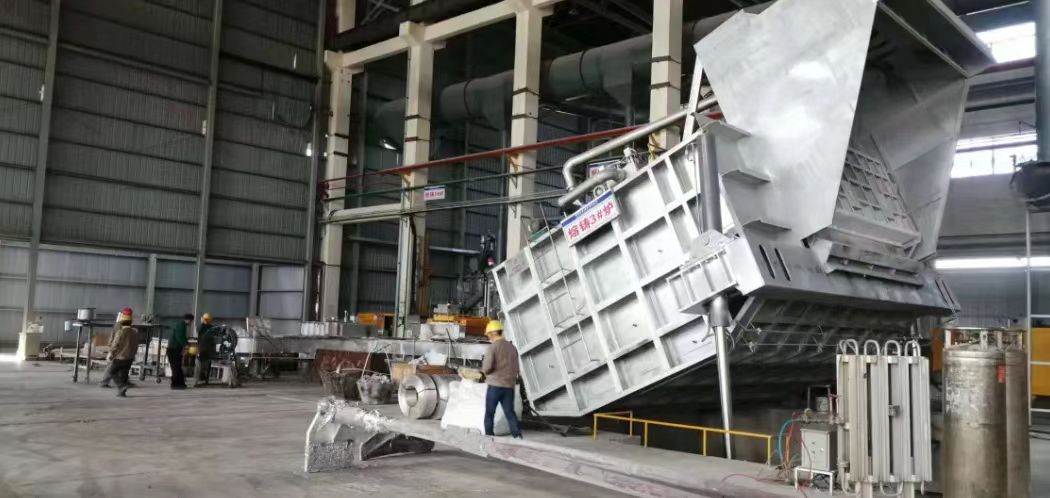There are three types of copper pyrometallurgical refining anode furnaces: fixed, rotary and tilting. For a long time, tilting furnaces have been favored by copper smelters at home and abroad due to their safety and environmental protection, good furnace sealing performance, good working environment, high degree of automation and long annual operating time.

The tilting refining furnace, also known as the tilting flat furnace, is a new technology and new process equipment for the smelting of recycled copper. It is mainly used for the fire refining of copper-containing raw materials such as scrap copper, crude copper blocks, black copper, and residual anodes. The process of treating scrap copper is the same as that of other forms of refining furnaces. One operation cycle must complete operations such as charging, heating, melting, oxidation, reduction, slag discharge, and copper discharge. Its main process is crude scrap copper → packaging → charging (residual anode) melting → compressed air → oxidation slag → slag pouring → LPG reduction → spraying, quantitative casting → qualified anode plates → delivery to the electrolysis workshop.
The tilting furnace is mainly composed of three parts: furnace body, supporting device and tilting device. The auxiliary equipment includes feeding system, combustion system, redox system and hydraulic system. The furnace body is mainly composed of furnace bottom, arched furnace top, segmented side wall and other parts. The tilting and resetting of the furnace body are driven by two hydraulic cylinders located at the bottom of the furnace. The tilting furnace is a key equipment for scrap copper smelting. Whether its operation is stable or not will inevitably affect the surface quality of the anode plate, and then directly affect the residual pole rate, current efficiency and quality, cost and energy consumption level of electrolytic copper.